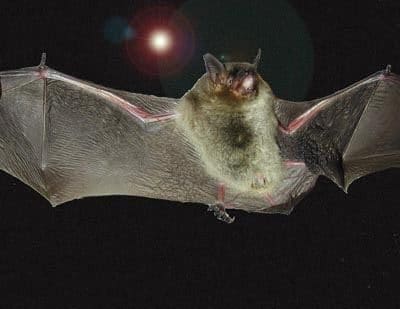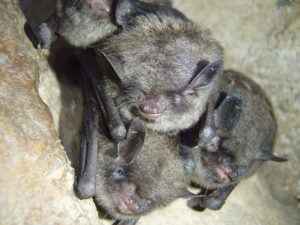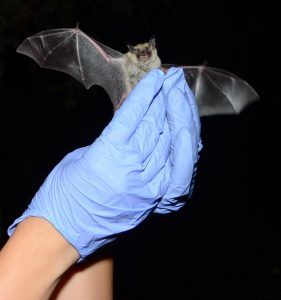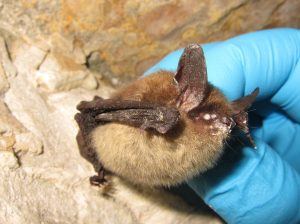October 28, 2021

Gray bat
Bats might not be as scary as you think. The species plays a critical role as insectivores, and aids in plant pollination, seed dissemination, and supporting cave ecosystems. Did you know that they consume over half of their body weight in insects each night, making them the primary predator of night-flying insects? They are also food for other animals, including hawks, raccoons, skunks, and owls.
Threatened and Endangered (T&E) Species Reviews
Northern long-eared bats, Indiana bats, and Gray bats are three of the many species routinely evaluated by S&ME as part of our threatened and endangered (T&E) species reviews.

Indiana bats
When a site is considered for development, our clients often need a range of environmental due diligence services, including Phase I Environmental Site Assessments, jurisdictional waters evaluations, T&E species reviews, and cultural resource evaluations. S&ME provides each of these services in-house, in addition to geotechnical exploration, which also comes into play for site development.
S&ME’s natural resource professionals are located in offices throughout our footprint and are familiar with T&E species throughout the Southeast and Midwest. We work closely with US Fish and Wildlife Services (USFWS) and state agency representatives as we evaluate sites for T&E species habitat.
Often, this work is performed concurrently with our jurisdictional waters evaluations, saving our clients time and money by using experienced field personnel trained in both disciplines.

Northern long-eared bat
When habitat for T&E species is identified onsite, S&ME works on behalf of our clients to address potential impacts proposed by site development. In the case of T&E bat species, USFWS and state regulatory agencies consider various factors, including the nature and timing of the project and the extent of potential habitat located on the site. In many cases, where appropriate, USFWS has approved seasonal tree clearing to address potential bat impacts.

Northern long-eared bat with visible symptoms of white nose syndrome.
Historically, S&ME has provided emergence and acoustic surveys to further evaluate site conditions and the potential presence/absence of specific species. In the eastern US, S&ME primarily performs these surveys for the Northern long-eared bats, Indiana bats, and Gray bats due to a decline in their populations from white-nose syndrome.
Our team’s expertise and long-standing regulatory relationships assist our clients as they navigate T&E species issues and other due diligence challenges.
